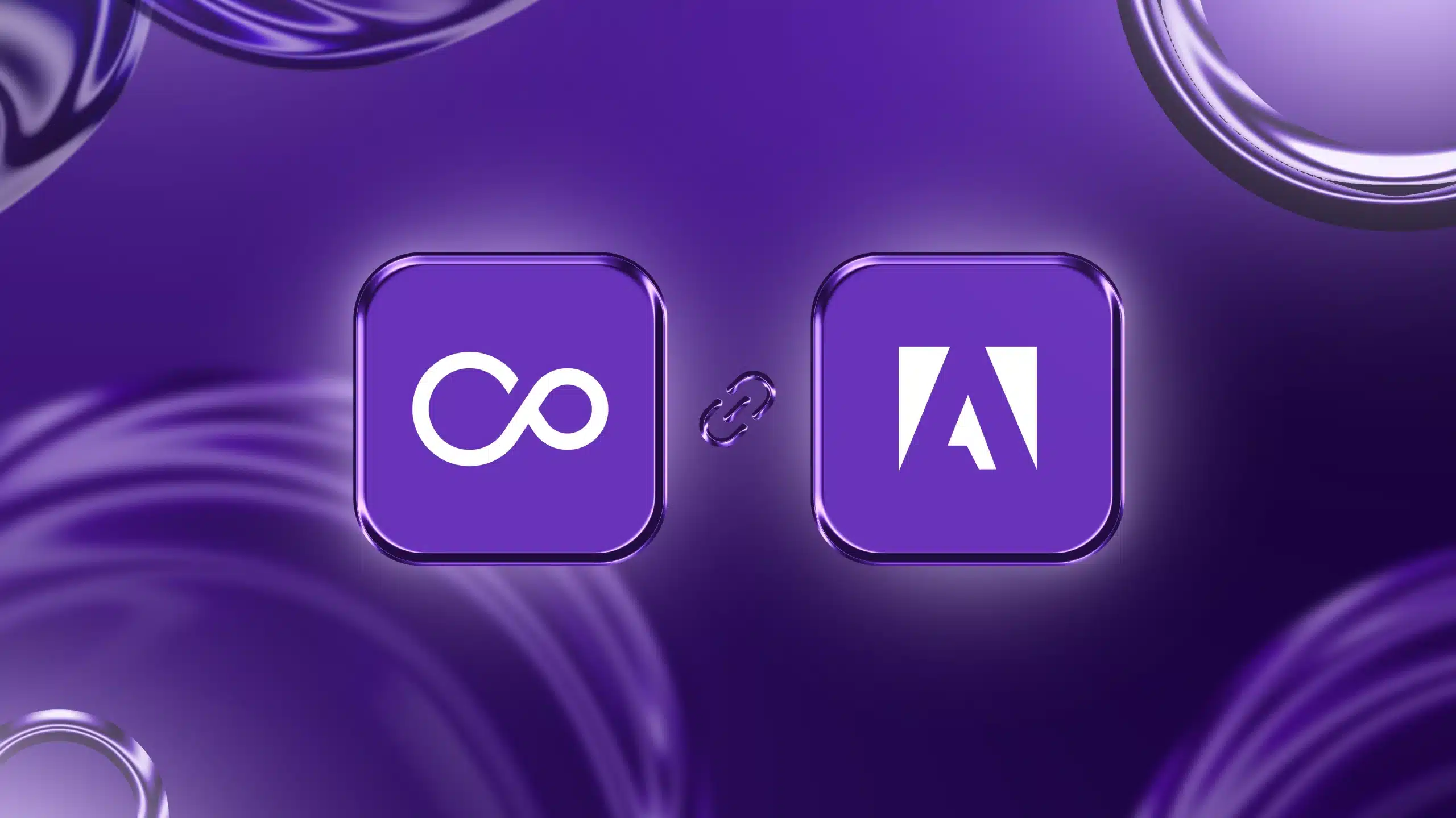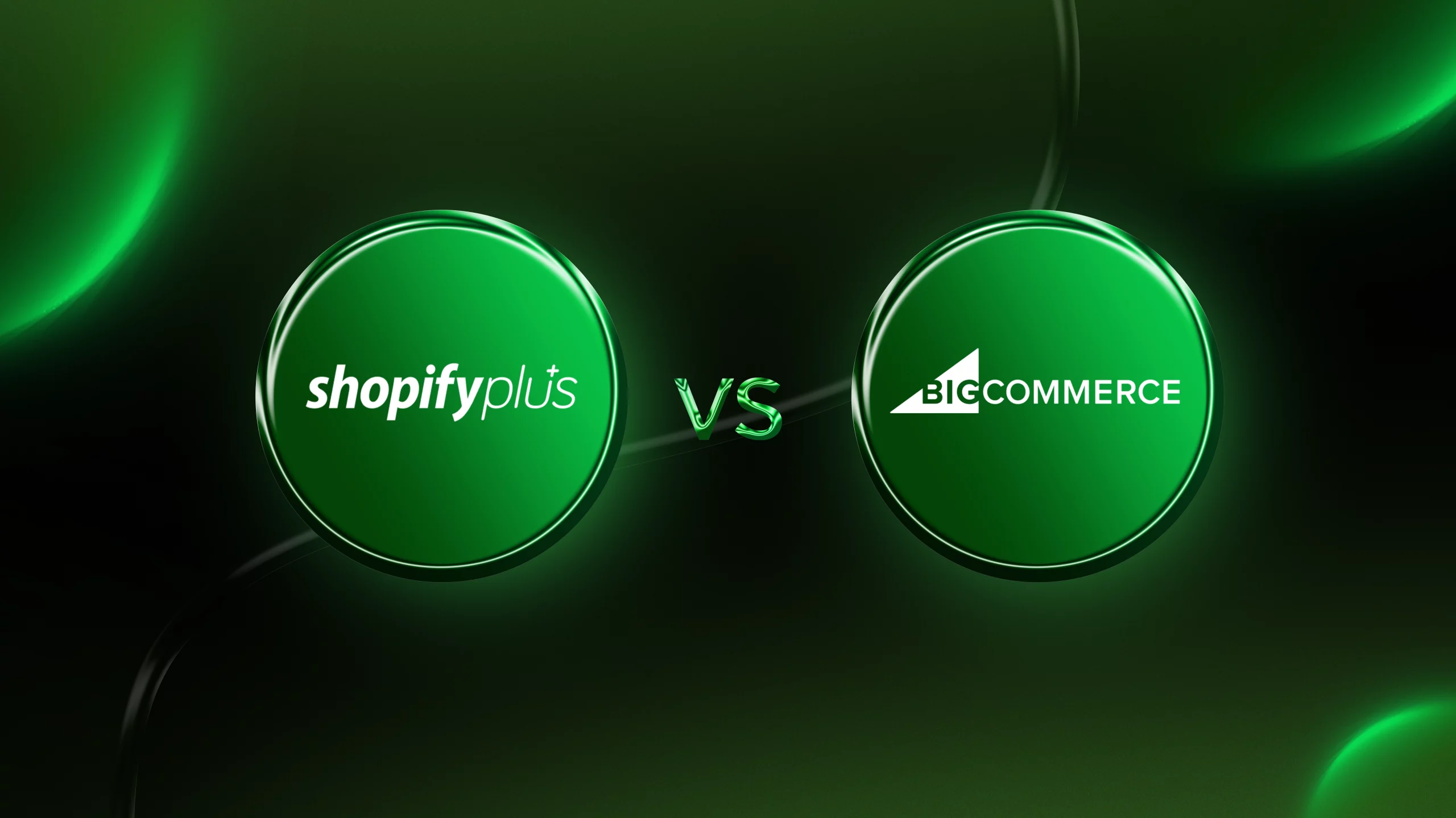In the age of instant gratifications, quick commerce addresses the desire for rapid and hassle-free shopping experiences. By focusing on speed, quick commerce delivery services cater to the growing demand for speedy transactions and sales, providing consumers with a fast and seamless shopping experience.
Today, quick commerce platforms are reshaping traditional delivery expectations, contributing to more precise inventory management, and setting a new standard for the on-demand economy.
The Demands of Modern Consumers: Why Speed Matters
As online shopping becomes more prevalent, customer preferences play a crucial role in shaping the Q-commerce sector. Delivery options and the quality of service are now decisive factors for online customers, influencing the success of e-commerce businesses.
A recent study surveyed users in China, Germany, and the US, revealing that approximately 23% of average consumers are willing to pay extra for same-day delivery. This trend is expected to grow, with younger consumers making up the majority of those inclined towards quick commerce delivery services. The study also predicts that about 30% of consumers prefer speedy deliveries over regular ones.
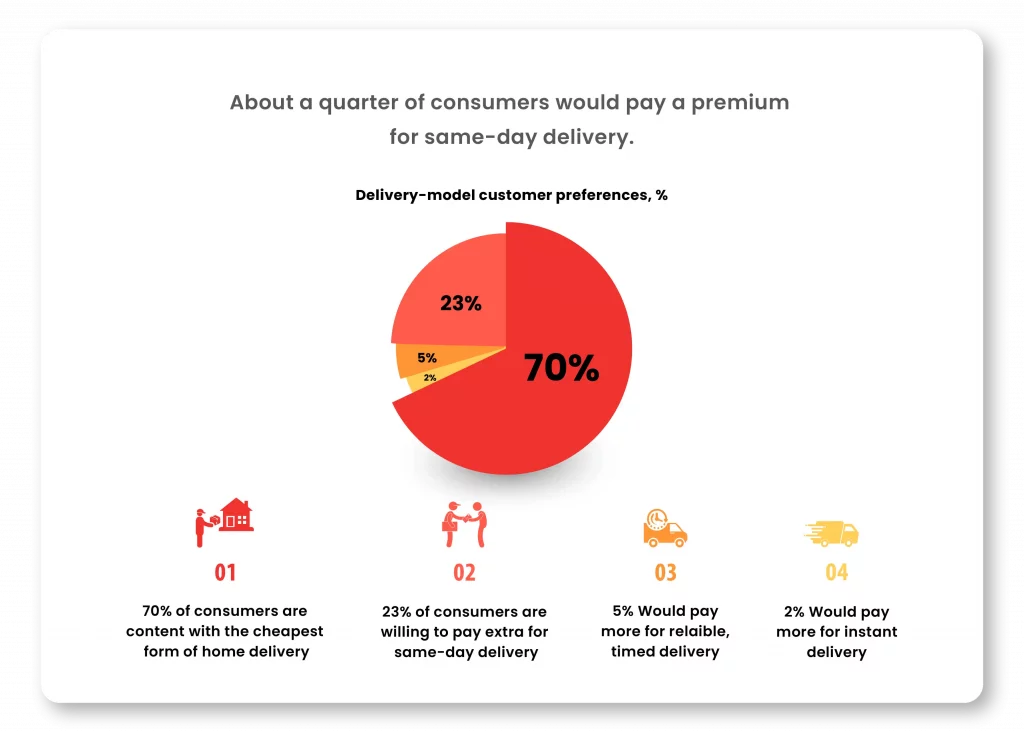
While there is a growing trend of consumers opting to pay extra for same-day delivery, a significant majority, 70%, still prioritize the most economical home delivery option. Only a minimal 2% prefer paying an additional charge for quick delivery services. Despite this, the survey anticipates that by 2025, same-day delivery will make up 20-25 percent of the eCommerce industry.
The Evolution of Delivery Services: From Traditional to Instant
The evolution of delivery services, transitioning from traditional to instant, stands out as a remarkable journey driven by technological advancements, shifting consumer expectations, and the dynamic demands of the business landscape.
Traditional Delivery Services
For a significant period, traditional delivery services like FedEx, UPS, and DHL relied on physical stores, human delivery personnel, and multi-day delivery timelines. These services played a pivotal role in facilitating commerce and connecting businesses with customers over extensive distances.
Factors Propelling the Shift to Instant Delivery Services
- Rise of eCommerce: It is widely believed that eCommerce is the forerunner of Q-commerce, representing a paradigm shift in retail. The remarkable surge in online shopping, with global sales reaching approx. $4.28 trillion in 2020, has fundamentally altered consumer expectations. Consumers today seek speedy delivery of goods. This paradigm shift has created a demand for quicker and more convenient delivery options, giving rise to the rapid growth of instant delivery services.
- Technological Advancements: Innovations in logistics, tracking, and communication technologies have played a pivotal role in enabling the development of instant delivery services. Real-time tracking capabilities, the optimization of delivery routes through advanced algorithms, and seamless communication channels between drivers and customers have become integral components. These technological advancements not only enhance the overall efficiency of the delivery process but also contribute to a more transparent and customer-centric experience.
- Changing Consumer Preferences: Consumers are undergoing a notable transformation in their preferences, leaning increasingly towards personalized and convenient delivery encounters. What was once considered additional features, such as real-time order tracking, flexible delivery schedules, and instantaneous notifications, has now become indispensable components of a delivery service.
- On-Demand Economy: The on-demand economy has cultivated a culture of immediate satisfaction, driving the growth of quick delivery companies. The growth of quick delivery companies is closely tied to this on-demand culture. As a result, the on-demand economy has been a driving force behind the rapid expansion of instant delivery services.
- The COVID-19 pandemic led to lockdowns and social distancing, making people rely more on online shopping. To stay safe, consumers wanted quick and reliable delivery of essential items without leaving home. This increased demand fast-tracked the adoption of quick commerce services, which focus on speedy delivery. Quick commerce services met this demand by providing a safer option, aligning well with the need for speedy and contactless deliveries during these challenging times.
- Instant Delivery Services
Quick delivery companies like DoorDash, Uber Eats, and Instacart have transformed the delivery landscape, offering on-demand services for a diverse range of products, from groceries to restaurant meals. This leads us to understanding the needs of the consumer.
The key features of Q-commerce
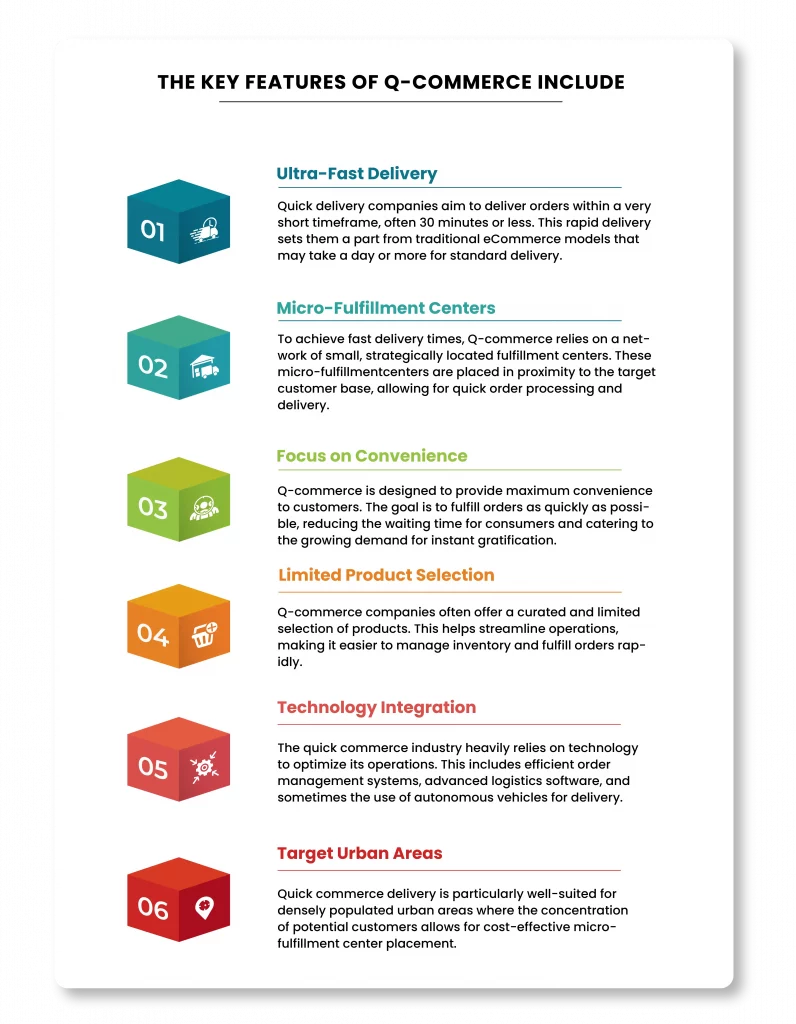
The Impact of Technology: Enabling Faster and More Efficient Deliveries
Technology has significantly influenced the delivery industry, ushering in a new era of faster and more efficient deliveries. Several technological advancements have played a pivotal role in reshaping the landscape of delivery services, particularly in the context of Q-commerce.
Here’s a closer look at the impact of technology on enabling expedited and streamlined deliveries:
Autonomous Vehicles and Drones: The integration of autonomous vehicles, drones, and robots has revolutionized the quick commerce industry. Autonomous vehicles, equipped with advanced sensors and computing systems, navigate through traffic and follow predetermined routes, facilitating the movement of goods from distribution centers to nearby hubs or directly to consumers in an optimized manner. Drones, or Unmanned Aerial Vehicles (UAVs), also offer a unique solution to quick delivery couriers by swiftly transporting small packages directly to customers’ doorsteps. These technologies allow for swift and precise transportation of goods, especially in urban areas, contributing to a substantial reduction in delivery times.
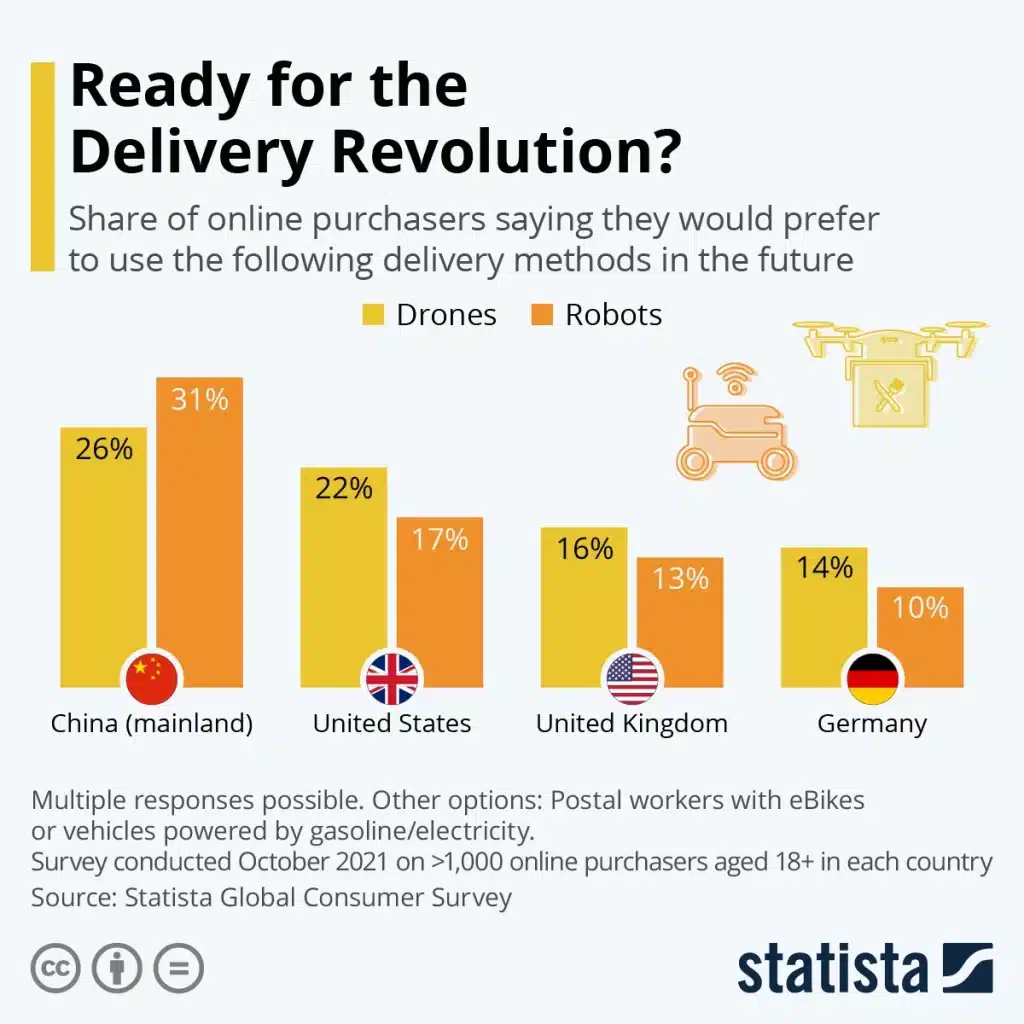
Route Optimization Algorithms: Advanced route optimization algorithms powered by technology ensure that delivery routes are strategically planned for efficiency. Focused on minimizing delays, reducing costs, optimizing fuel consumption, and enhancing overall delivery speed, these algorithms consider diverse factors such as traffic patterns, vehicle capacity, and delivery time windows. Through their efficient planning capabilities, route optimization algorithms analyze multiple potential routes, balancing time, distance, and real-time data to determine the most effective path.
Real–Time Tracking: Technology enables real-time tracking of deliveries, providing customers and delivery services with accurate and up-to-the-minute information on the status and location of their orders. This transparency not only enhances customer satisfaction but also allows for better logistics management.
Micro–Fulfillment Centers: The use of technology in managing micro-fulfillment centers, strategically located close to customers, enables quick and efficient order processing. Automation within these centers streamlines inventory management and order fulfillment processes.
Data Analytics for Demand Prediction: Data analytics plays a crucial role in predicting consumer demand. By analyzing historical data and market trends, delivery services can anticipate peak periods, allowing for better resource allocation and preparation for increased order volumes. Furthermore, they are employed to personalize delivery experiences, tailoring delivery times and locations to customer preferences. Augmented reality (AR) and virtual reality (VR) are also being explored for immersive customer experiences.
Sustainable Technologies: The adoption of sustainable technologies, such as electric vehicles and eco-friendly packaging materials, contributes not only to environmental conservation but also to the optimization of delivery processes. Sustainable practices align with consumer preferences and regulatory requirements.
Dark Stores and Efficient Inventory Management:Technology facilitates the operation of dark stores—warehouses dedicated to fulfilling online orders. These non-public spaces leverage technology for efficient inventory management, ensuring that products are readily available for rapid dispatch.
Hyperlocal Delivery Platforms: Technology enables the development of hyperlocal delivery platforms, catering to specific geographic areas with precision. This localized approach ensures quicker deliveries, particularly in densely populated urban areas.
Curbside Pickup Apps: The advent of curbside pickup apps streamlines the ordering and pickup process. Customers can place orders through user-friendly applications, enhancing convenience and reducing the time spent on the entire delivery journey.
Voice–Activated Ordering: Voice commerce, facilitated by voice-activated devices, introduces a hands-free and convenient way for customers to place orders. This technology-driven approach further speeds up the ordering process.
Challenges and Opportunities: Navigating the Complexities of Quick Commerce
Quick delivery companies encounter a host of challenges that demand strategic solutions. Here’s a detailed exploration of the key hurdles faced by these companies:
High Logistics Costs
The need to maintain micro-fulfillment centers and employ specialized transportation methods contributes to elevated logistics costs. Managing these costs poses a challenge, impacting the overall operational expenses of quick delivery companies. Striking a balance between efficiency and cost-effectiveness becomes imperative.
Intense Market Competition
The market for quick commerce services is characterized by high competition, making it difficult for companies to stand out.The intense competition requires companies to constantly innovate and find unique value propositions to reach their target audience and secure market share. Companies must continually evolve to maintain a competitive edge.
Elevated Labor Costs
The operation of micro-fulfillment centers and the demand for swift deliveries require a sizable workforce, leading to increased labor cost. Managing and covering these costs poses financial challenges for quick delivery companies.
Meeting Customer Expectations
Customer expectations revolve around rapid delivery times and superior service, creating a constant pressure on companies to meet these demands. Offering swift deliveries while maintaining service quality is quite a challenge. This becomes particularly difficult when faced with tight profit margins, emphasizing the need for a customer-centric approach.
Inventory Management Complexity
Handling a vast array of Stock Keeping Units (SKUs) and managing a high volume of orders requires efficient inventory management systems. Companies must invest in robust inventory management to curb stockouts, overstocking, and potential delays in order fulfillment etc.
While the Q-commerce industry is still in its early stages, its rapid growth is undeniable. To navigate the evolving eCommerce landscape successfully, flexibility is crucial.
Fast delivery companies must be adaptable and innovative, constantly finding new ways to improve efficiency and reduce costs. One of the most impactful strategies to maintain a competitive edge is the efficient establishment and monitoring of Key Performance Indicators (KPIs).
Above all, a customer-centric approach is paramount. By prioritizing an excellent customer experience, Q-commerce companies can position themselves for sustained success in the competitive delivery services arena.
In conclusion, Quick Commerce is reshaping delivery services by giving top priority to speed, incorporating state-of-the-art technologies, and aligning to meet the evolving expectations of its consumers. The prompt, customer-focused, and tech-savvy approach of Q-commerce sets a new standard in the delivery industry.
